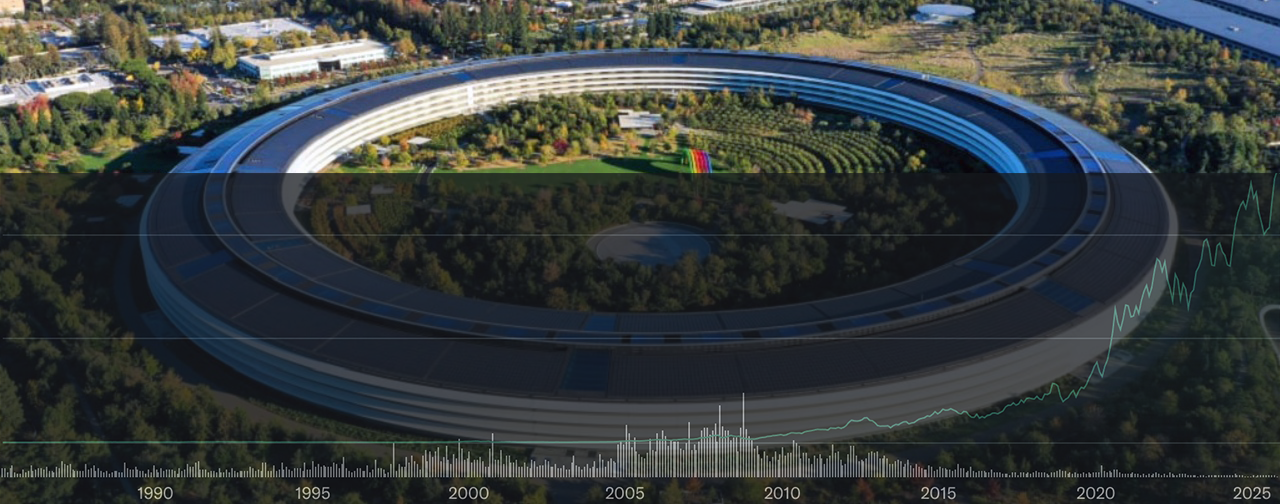From the preliminary FB IPO prospectus (dated May 2012), the following are the key lock-up/market standoff dates as well as shares of common stock which could be sold into the public market.
- 91 days after the date of the prospectus = 171,797,666 shares held by the selling stockholders other than Mr. Zuckerberg
- 151 to 180 days after the date of this prospectus = approximately 137 million shares underlying net-settled Pre-2011 RSUs held by our directors and then current employees and approximately 55 million outstanding shares and approximately 55 million shares subject to stock options held by then current employees other than Mr. Zuckerberg
- 181 days after the date of this prospectus = 1,338,453,216 outstanding shares and approximately 18 million shares underlying other net-settled Pre-2011 RSUs
- 211 days after the date of this prospectus = 141,776,569 shares held by the selling stockholders other than Mr. Zuckerberg
- 366 days after the date of this prospectus = 93,815,940 shares held by Mail.ru Group Limited and DST Global Limited and their respective affiliates
In addition, as of March 31, 2012, options to purchase 49,390,599 shares of Class B common stock held by former employees were outstanding and fully vested and the Class B common stock underlying such options will be eligible for sale 181 days after the date of this prospectus. Furthermore, following our initial public offering, the remaining 60,000,000 shares subject to the partially exercised stock option held by Mr. Zuckerberg will be eligible for sale 181 days after the date of this prospectus. We expect an additional approximately 2 million shares of Class B common stock to be delivered upon the net settlement of RSUs between the date of the initial settlement of RSUs described above and December 31, 2012 will be eligible for sale in the public market immediately following settlement.After our initial public offering, certain holders of our Class A common stock and Class B common stock will have rights, subject to some conditions, to require us to file registration statements covering their shares or to include their shares in registration statements that we may file for ourselves or our stockholders. All of these shares are subject to market standoff or lock-up agreements restricting their sale for specified periods of time after the date of this prospectus. We also intend to register shares of common stock that we have issued and may issue under our employee equity incentive plans. Once we register these shares, they will be able to be sold freely in the public market upon issuance, subject to existing market standoff or lock-up agreements.
Morgan Stanley & Co. LLC may, with our prior written consent, permit our executive officers, our directors, and the selling stockholders to sell shares prior to the expiration of the restrictive provisions contained in the “lock-up” agreements with the underwriters. See “Underwriting” for a more complete description of the lock-up agreements that we and our directors, executive officers, and selling stockholders have entered into with the underwriters. In addition, we may, in our sole discretion, permit our employees and current stockholders who are subject to market standoff agreements or arrangements with us and who are not subject to a lock-up agreement with the underwriters to sell shares prior to the expiration of the restrictive provisions contained in those market standoff agreements or arrangements.
The market price of the shares of our Class A common stock could decline as a result of the sale of a substantial number of our shares of common stock in the public market or the perception in the market that the holders of a large number of shares intend to sell their shares.
From the few prior IPO’s that I’ve taken part in, there has usually been a correlation of the stock price rising around (usually prior to) the expiration of these “hold” periods. This isn’t necessarily the rule as some IPO’s flop right out of the gate where the publicly traded price ends up below the actual offering. Facebook’s IPO is no ordinary offering compared to recent internet related issues. For oversubscribed offerings with exceedingly high demand, the first day price can skyrocket. Lot of hedge funds (and anyone else with a very short term horizon) though will usually quickly flip their shares on the first day to make a quick profit. Thus it usually isn’t surprising to see a steady decline for a few trading sessions (more profit taking). The actual initial pricing hasn’t been set yet as of this prospectus – just a range of $28 to $35 with a much higher range of around $45 being bandied about. If initial demand based on conditional offerings pushes that to the high range, I can easily see the share price (once public trading begins) hitting $100 on the first day of trading (supply versus demand).
The expiration of the 90 day lock-up period though is where the short term money could be made because the larger holders (the ones who have the ability to move the market) will do everything they can to maximize their profit. As usual, there are no guarantees, but this is part of the overall hedging which takes place in the IPO market where there is the potential to make a nice return in a relatively short period of time.



